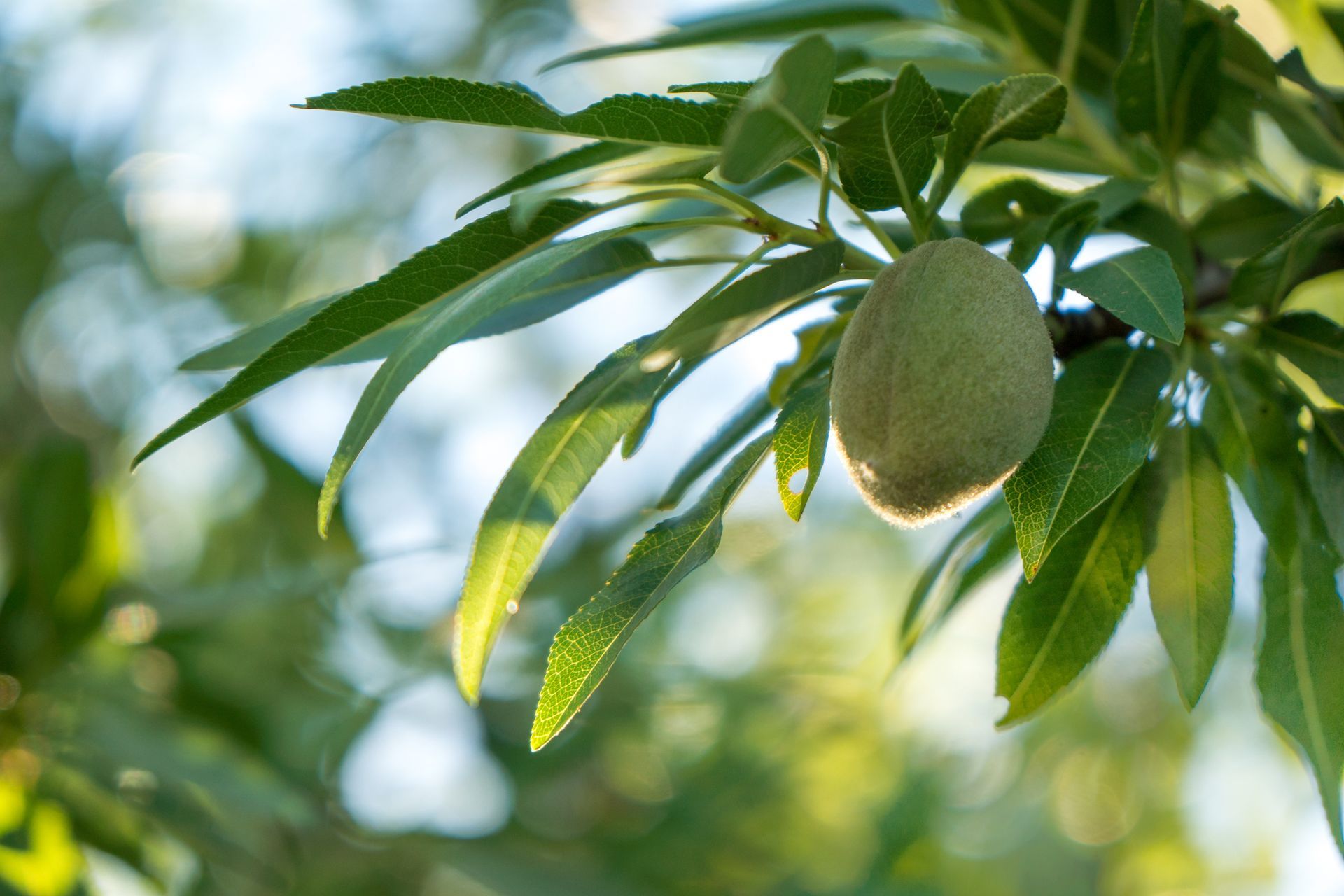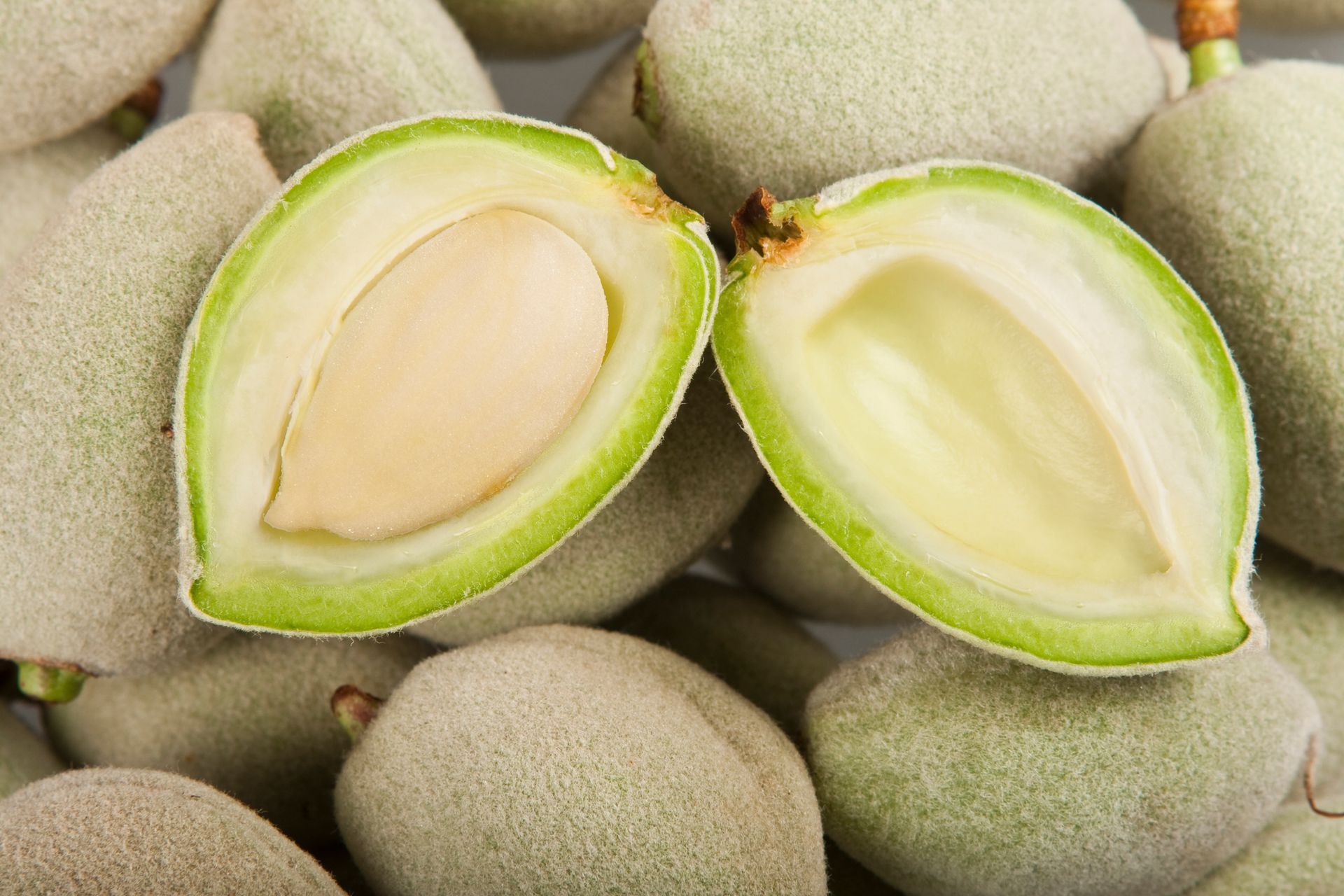fresh almond
Fresh almond is the young and tender seed of the almond fruit, from the almond tree native to Central Asia and widely cultivated in Mediterranean regions. Harvested in spring, it differs from dried almonds by its crisp texture and delicately milky taste. Rich in nutrients, it is valued for its nutritional benefits and can be enjoyed on its own or added to both sweet and savory dishes.
PURCHASE GUIDE
Fresh almonds should be uniform in color and size, with no spots or cracks. When gently pressed, they should feel firm, neither too hard nor too soft.
OPTIMAL TEMPERATURE FOR CONSERVATION
0 - 4 °C for 10 days to 2 weeks
They can be stored in the refrigerator in a bowl for up to 10 days, and up to 2 weeks in an airtight container. For longer storage, remove them from their green husk and keep them in a bowl of water in the refrigerator.
NUTRITIONAL VALUE
Fresh almond is a valuable source of nutrients. It is rich in plant-based proteins, fiber, vitamins E and B, as well as essential minerals like magnesium, calcium, and iron. Lower in fat than dried almonds, it also contains more water, making it softer and more hydrating. It is a healthy and energizing seasonal snack.
HOW TO EAT IT
Fresh almond is mainly eaten as is, right after being extracted from its green hull. To prepare it, first remove the soft outer layer, then gently crack the hard shell using a nutcracker or a small hammer. The white, tender, and crunchy almond inside is then ready to be enjoyed.
Only the almond itself is edible; the shell and green skin should not be consumed. It can be eaten plain, added to salads or desserts, or blended into smoothies to take advantage of its freshness, soft texture, and nutritional benefits.






